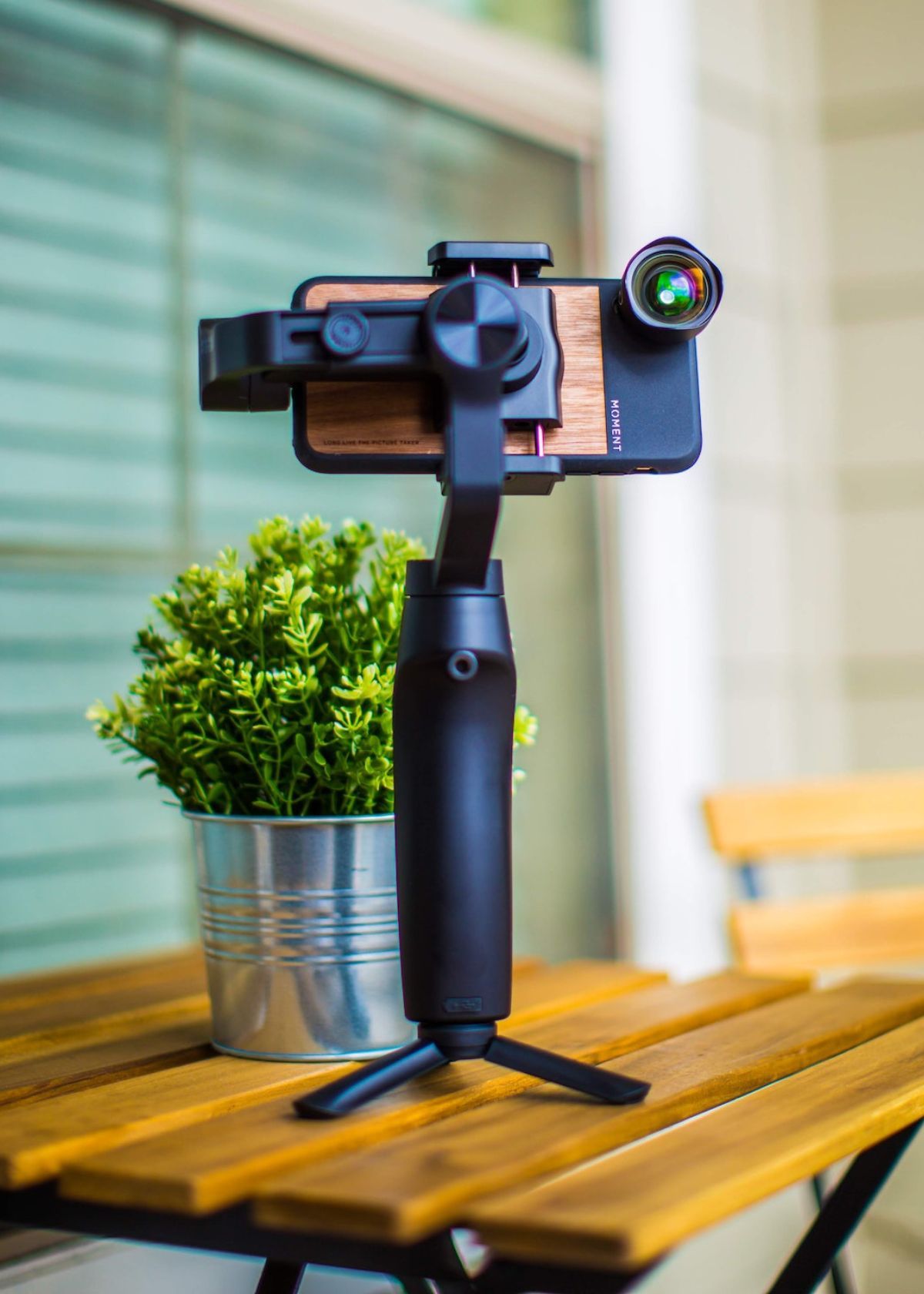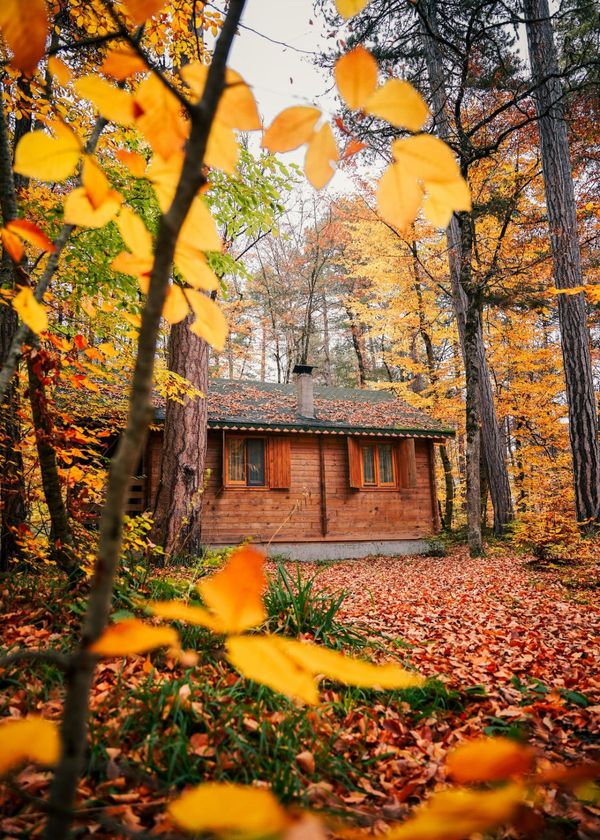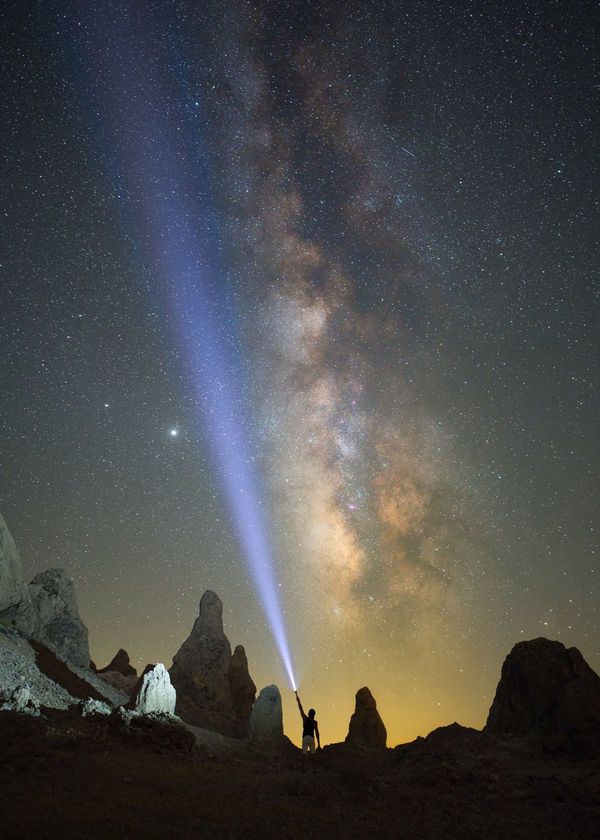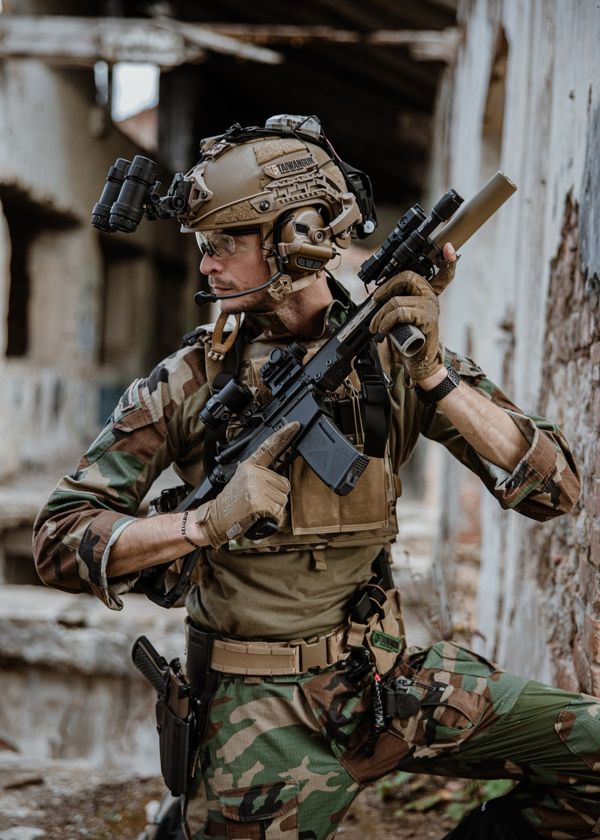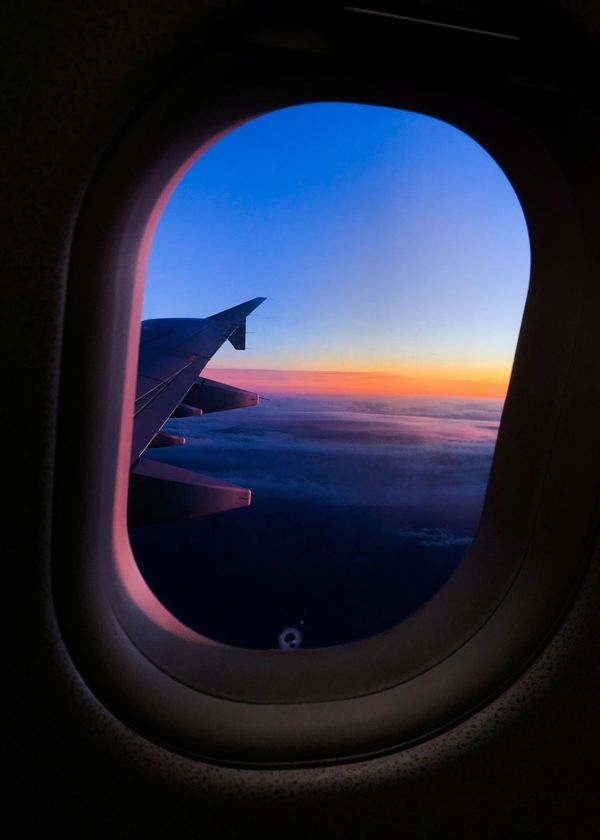Ever wanted to take the perfect selfie, but just can't quite manage it?
Say hello to your new best friend - a tripod! Whether you're looking for sharp photos or smooth videos, a tripod will lend you a steadying hand with its adjustable angles and secure grip. That way, all eyes can be on YOU as the star of your content-making show.
And if taking selfies isn't enough for you creative types who want more control over their shots? Tripods let you adjust everything from shutter speed and camera aperture settings to scene selection settings – giving you some serious pro photography creds without needing any extra equipment.
It's like having an easy-to-use virtual assistant in your pocket!
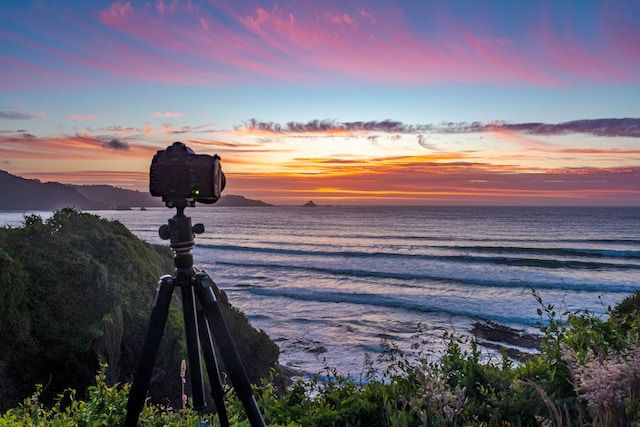
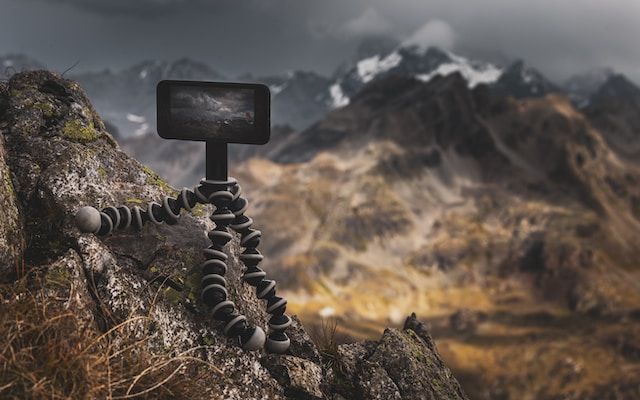

How Does A Tripod Work
A tripod is a device used to stabilize a camera system to aid in sharper images, particularly at long exposures. It works by providing a stable platform for the camera to rest on and preventing any movement or vibration.
Tripods come with three legs that can be adjusted to different angles and heights depending on the desired shot. The head of the tripod is attached to the legs and allows a steady surface to connect leveling devices.
The most important part of using a tripod is making sure that all three legs are firmly planted on the ground. This will ensure that your camera stays still and secure while you take your shot.
It's important to walk around the area before setting up your tripod and look for good angles and composition with your camera hand-held.
Tripods are essential tools for photographers who want to capture sharp images without any blurriness or distortion caused by movement or vibration.
They provide stability and flexibility when shooting, allowing you to take shots from different angles and heights without having to worry about shaky hands or unsteady surfaces.
Benefits Of Using A Tripod
The most obvious benefit of a tripod is that it affords stability to the camera and avoids camera shake by the operator in those situations where longer exposure times are necessary.
It's very difficult to hold a camera steady below a 1/60 of a second shutter speed, so we have no chance of avoiding camera shake when the exposure time could be seconds or minutes or sometimes hours in length. Examples of these times are:
- Night shots
- Star trails
- Fireworks displays
- Moon shots
- Cityscapes
- Vehicle movement where blurring the lights is sought
- Motion blur of waterfalls, sports action, or ocean waves
- Low light conditions without the use of flash
How To Take Photos Without A Tripod
Purchasing a good tripod can be a considerable investment. Maybe you aren’t convinced you need to shell out the cash for a tripod if you don’t use it that often.
Perhaps you’re still new to photography and want to get a better handle on your camera settings first. No matter the reason that’s holding you back, there are a few things you can do, so you don’t need to use a tripod in your photography.
Use A Faster Shutter Speed: By using a faster shutter speed, you won’t have to worry about camera shake. A rule of thumb to follow is 1 / focal length = minimum shutter speed. For example, if I used a 100mm lens, I should use a shutter speed of 1/100 at the minimum to make sure I have a sharp photo.
Rest Your Camera On An Object: You don’t necessarily need a tripod to keep your camera still. You can rest your camera on a pile of books, a rock, or anywhere else you can imagine to keep your camera still. It may be challenging to get the perfect height you want, but you’ll be able to use a slower shutter speed regardless.
Hold Your Breath: If you’re really in a pinch, try holding your breath while you take a picture. By holding your breath, you can stay slightly more still and reduce the amount of camera shake.
Brace Yourself Against Something: If you can brace your elbows in a corner or against two trees, you’ll be able to keep your camera more still. By bracing your arms, you eliminate any additional movement from your body, making it far easier to keep the camera still.
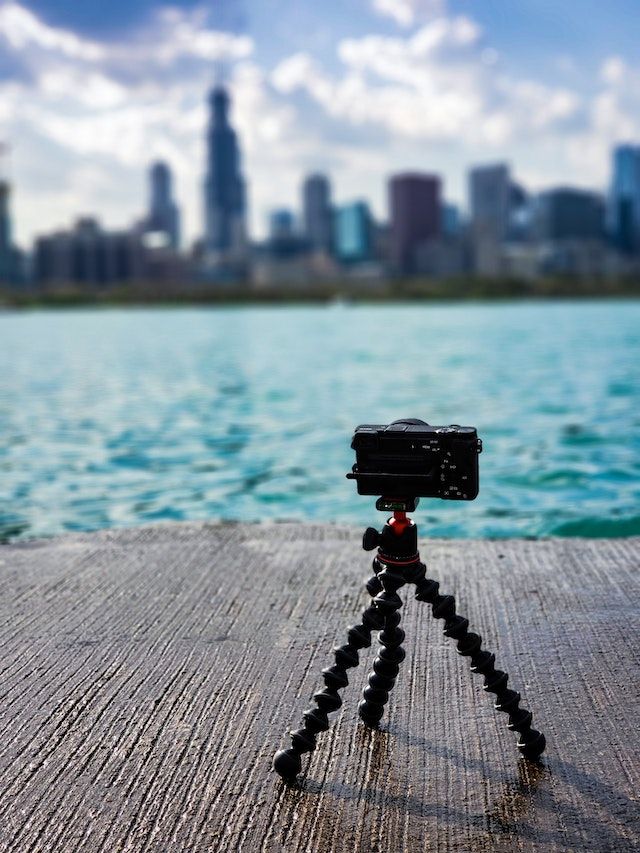
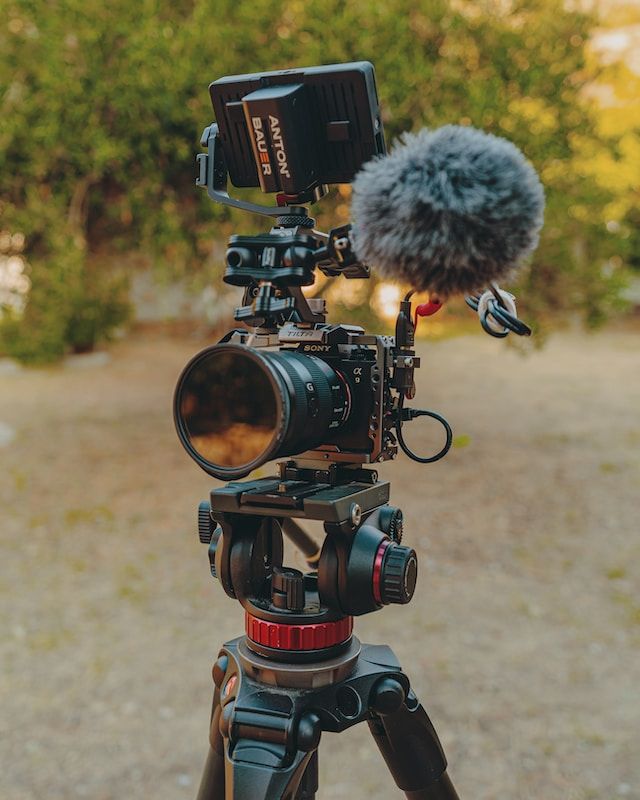
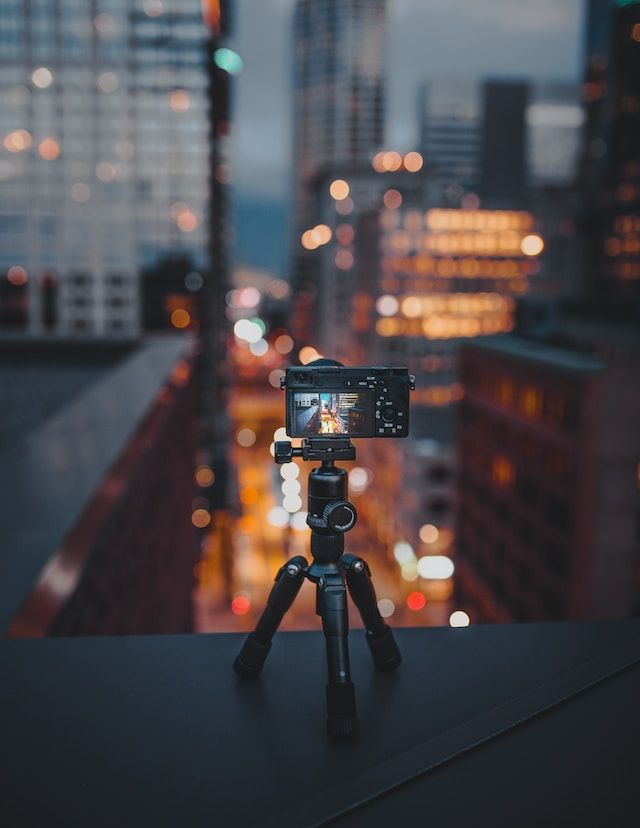
How Many Legs Do A Tripod Have
When it comes to tripods, the number of legs does matter. The more legs a tripod has, the more stable and secure your camera will be when you are taking photos or videos.
A tripod with three legs is the most common type, but some tripods have four or even five legs for extra stability.
Some tripods come with adjustable leg angles that allow you to set up your camera on uneven surfaces such as rocks or stairs.
Monopods
Monopods are a form of tripod with just one leg. This makes them more convenient to move than regular tripods.
Monopods are commonly used by sports photographers who need to change the position of their cameras quickly.
They’re also useful when ‘panning’, i.e. tracking a moving subject by rotating the camera on the monopod to match its velocity while shooting with a slower shutter speed to emphasize movement.
As they only have one leg, monopods need to be held when in use.
Travel Tripods
Travel tripods are usually more compact and lighter than regular tripods. By employing lightweight materials like aluminium or carbon fibre, travel tripods can remain lightweight.
On the flip side, since they are light and compact, their usage is limited to smaller and lighter cameras, and the reduced maximum height usually means photographers need to stoop down to use them.
Studio Tripods
Heavy-duty tripods are often used in studios to support larger cameras such as digital medium format cameras or those with long telephoto lenses.
Since studio photography work usually needs to produce the sharpest image possible, optimum stability is required, hence the need for heavy and expensive precision-engineered studio tripods.
Studio tripods needn’t be lightweight or compact since they’re rarely transported and usually used in the same place.
Mini Tripods
Mini tripods are useful for when you don’t need your camera to be supported high up, such as for tabletop use.
They’re also really useful for traveling, though due to their tiny dimensions, their usage is limited in nature.
You’ll often see mini tripods used to support microphones or lights when podcasting.
Smartphone Tripods
Tripods for iPhones or Android devices help you get a steady shot out of your smartphone.
With mobile photography getting more and more popular every year, so too is the popularity of smartphone tripods.
Beginner Tripod FAQs
Buying your first tripod can be confusing because there are so many options available.
It's hard to know which tripod is the best for your needs, and it's easy to make a mistake that could cost you later on.
We've answered the most frequently asked questions for beginners when it comes to tripods.
What kind of tripod should I get?
When choosing a tripod, it's important to consider the kind of photography you want to do. If you're shooting portraits, you'll want a more lightweight and portable tripod that can be easily moved around. If you're shooting landscapes or nature photography, then a heavier, sturdier tripod is a better choice as it will provide more stability when using longer exposures.
How do I make sure my tripod is level and stable?
To ensure that your tripod is level and stable, there are a few steps you can take. Firstly, make sure the tripod legs are extended to their full length and the legs are spread out evenly to create a stable base. It may also be helpful to use a bubble level to ensure the head of the tripod is perfectly level.
What types of attachments can be used with a tripod?
A tripod is a versatile piece of equipment that can be used to support a wide range of different types of attachments, from cameras and camcorders to telescopes and microscopes.
Popular attachments for tripods include camera heads such as ball heads, pan-and-tilt heads, and gimbal heads, which provide smooth and precise control over the camera angle.
How do I adjust the height and angles of my tripod legs?
To adjust the height and angles of your tripod legs, you will need to unlock each of the three leg sections. Once unlocked, you can extend or retract the length of each section until the desired height is achieved.
Some tripods feature adjustable angles for each leg section so you can choose to pitch your tripod at different angles for more stability on uneven surfaces.
How do I transport my tripod without damaging it?
To transport your tripod without damaging it, you should make sure to place it in its bag or case, if possible.
Padding the tripod with bubble wrap or a soft cloth can help protect it from scratches, dents, and other forms of damage that could occur during transport.
When storing the tripod in a car or on a plane, make sure to secure it with straps so that it can't be jostled around too much during the journey.
What tips should I keep in mind when using a tripod for photography or video recording?
When using a tripod for photography or video recording, it is important to keep several tips in mind.
First, make sure the tripod is sturdy and won't wobble when you put your camera onto it. Tripods come in different sizes, so choose one based on your needs and how much weight your camera will be carrying.
Second, set up the tripod at the desired height and angle before attaching the camera to ensure a secure connection.
Third, use a remote or cable release when setting up shots to prevent any vibration that might occur from pressing the shutter button on the camera itself.
In conclusion, choosing the right tripod for your photography or videography projects is essential. You should consider the number of legs, material used in its construction, size, and adjustability when selecting a tripod.
It may also be worth investing in a more expensive or durable model depending on how often you plan on using it. With these factors in mind, beginner photographers and videographers can find a tripod that suits their needs and provides optimal stability for the desired results.
We've done the research so you don't have to! To browse our Top Picks for Best Tripod Case please click the link below!
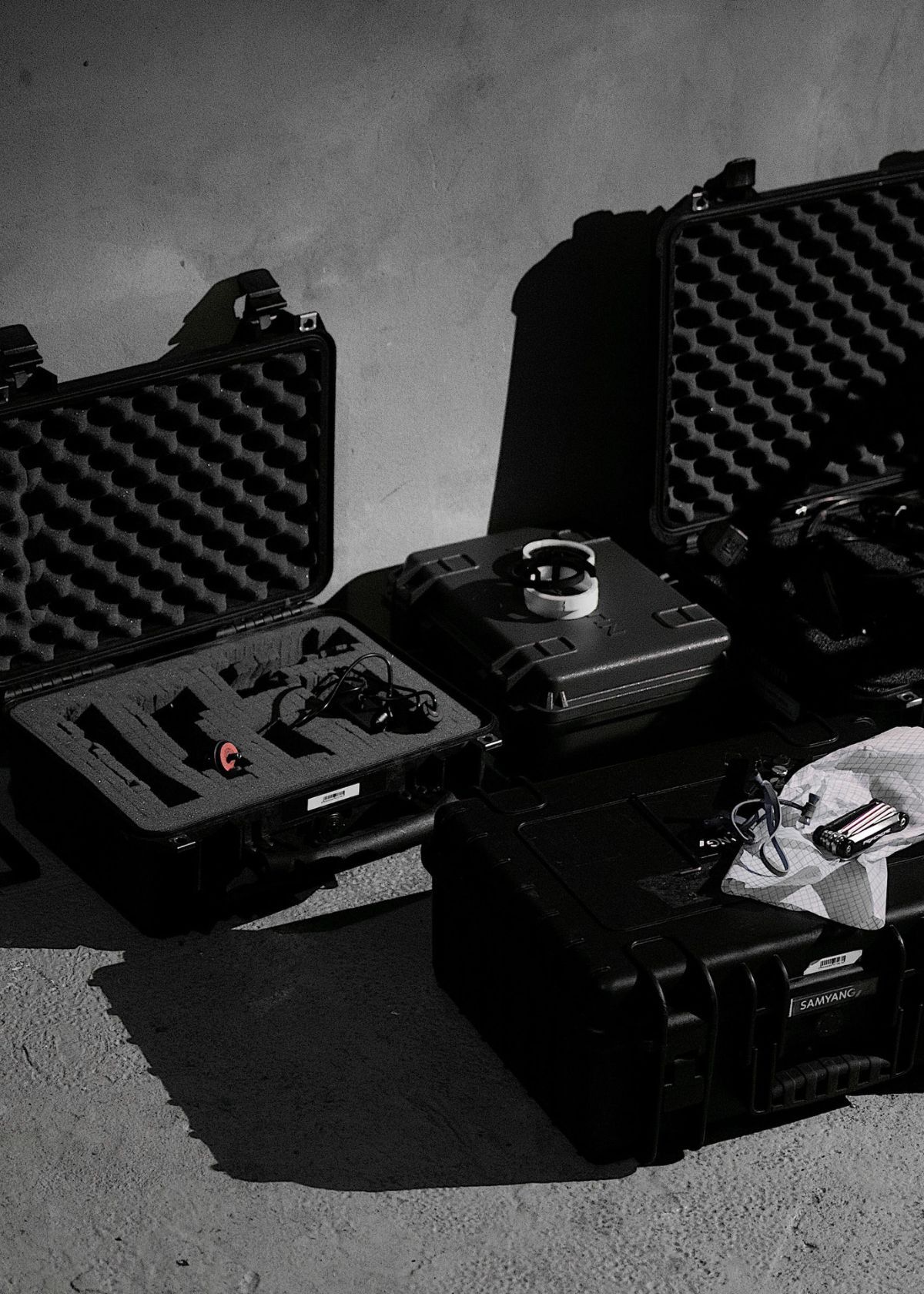
Your Friends,
LoveNatureReviews Team


